Meet-and-Greet with Magnolia Awards Jury Members | Decode the Standards of Excellent Awards: Craft Moving Stories with Sincere Narratives
On the morning of June 25, the 30th Shanghai TV Festival (STVF) held a meet-and-greet with Magnolia Awards jury members, where 15 jury members made a collective appearance and met with the media. This year’s jury panel comprises members from seven countries and regions. Despite their diverse cultural backgrounds, they share a common standard for excellence: seeking artistic resonance that transcends borders through innovative expression and sincere creative approaches.
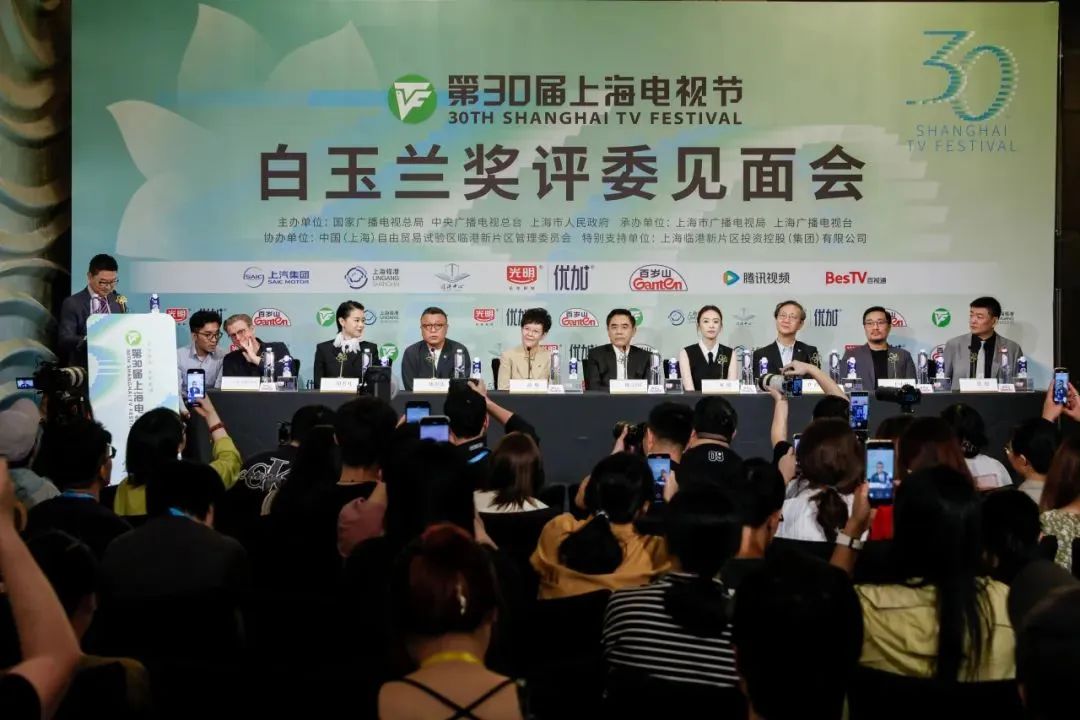
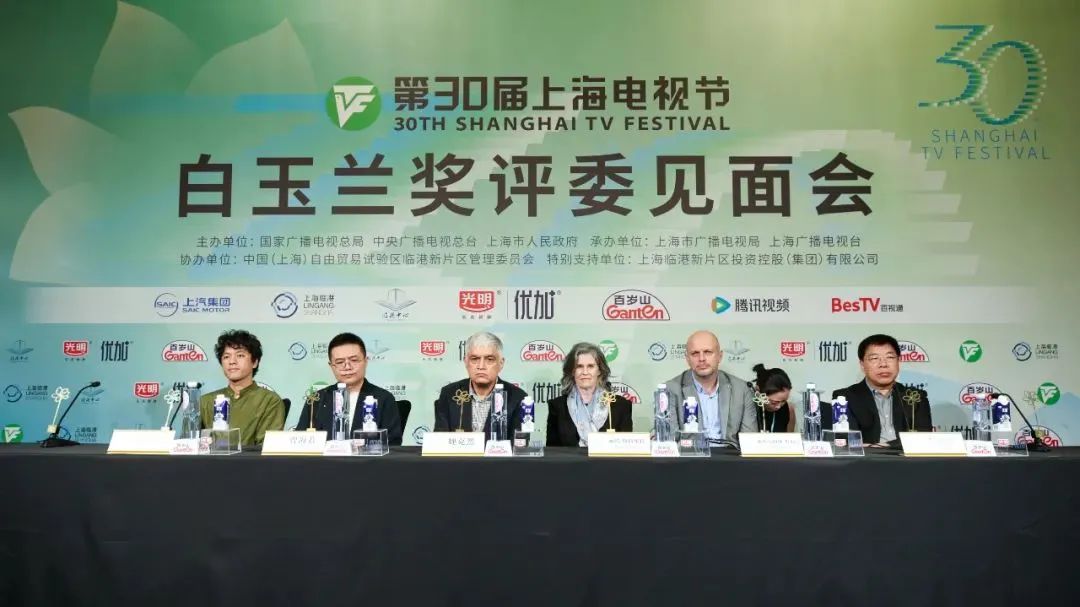

Chinese TV Drama Section: Times Change, but the Standards for Excellence Remain Constant
For this year’s Magnolia Awards, the Chinese TV Drama section’s jury panel is chaired by actor Chen Baoguo, with members including screenwriter Gao Xuan, director and screenwriter Kang Honglei, actor Tong Yao, film and TV critic and scholar Yin Hong, cinematographer and director Yu Xiaochen, and screenwriter and director Zhang Ting. Aligning with the demands of the times, audience expectations, and creative principles, they elaborated on the criteria for outstanding TV dramas.

Chen Baoguo, a three-time nominee and two-time Best Actor winner at the Magnolia Awards, took on a new role this year - as the jury president. With characteristic humor, he quipped: “Being nominated is anxious excitement, winning is ecstatic joy, and being a judge is absolute busy!” So, what defines a truly great drama in his eyes? “From the jury’s perspective, we evaluate based on three dimensions: warmth, stance, and standard,” Chen explained on behalf of the panel. “Warmth refers to the emotional and artistic impact of the work; stance speaks to its thematic depth and the creator’s values; and standard is about whether the entry meets the level of excellence expected of an award-winning production.”
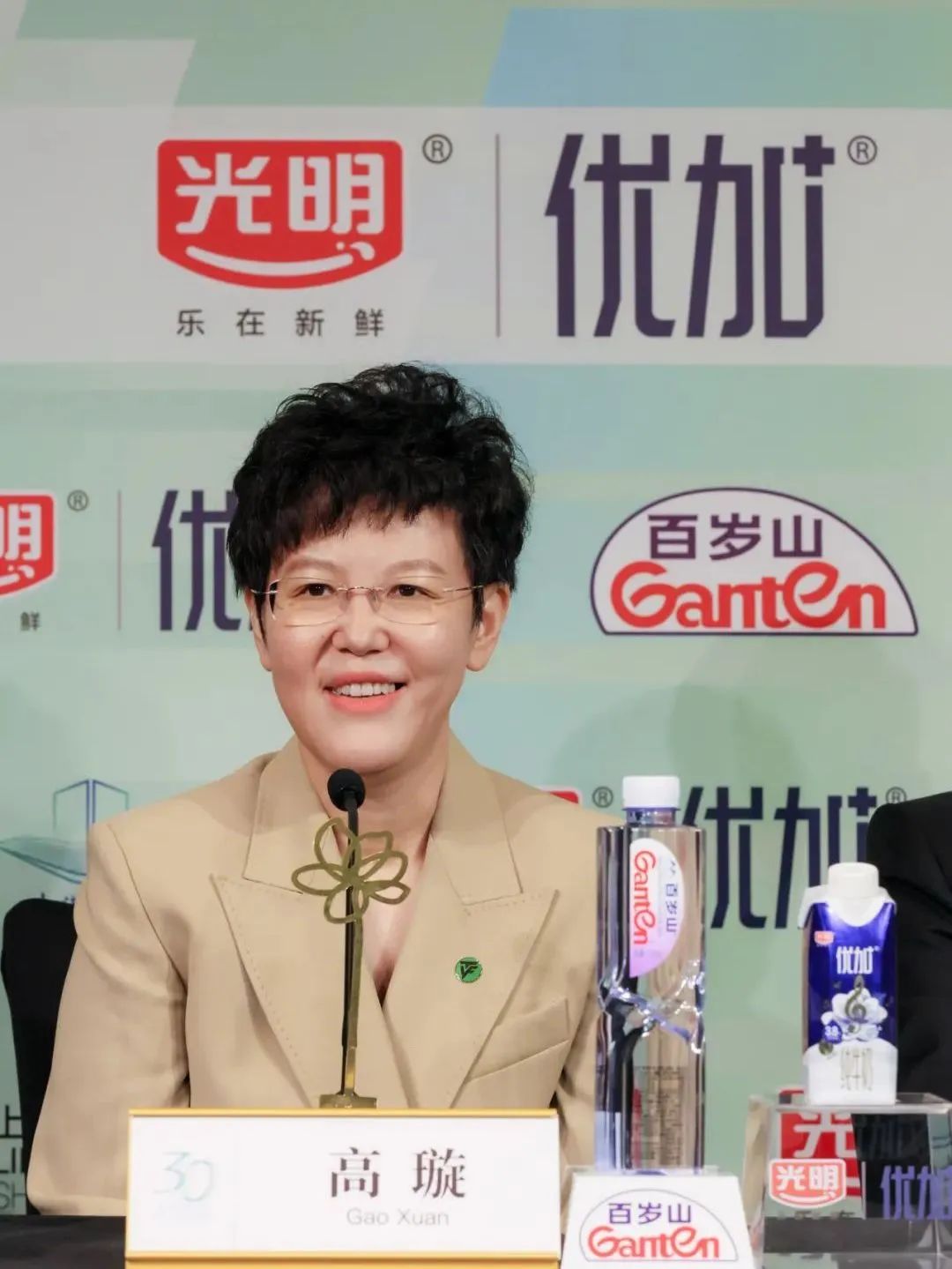
In recent years, Chinese television drama has experienced explosive growth, with major productions emerging one after another - and each year delivering new cultural phenomena. Gao Xuan described the industry as “developing in a very promising direction”, highlighting three key trends: “First, a greater diversity of genres; second, a notable improvement in production quality; and third, a focus on contemporary themes, with creators offering perspectives rooted in both the present era and the people.” She maintains an open attitude toward new formats and creative elements. “Changes in audience taste today are reflected not only in the demand for faster pacing, but also in preferences for shorter formats, more emotionally resonant content, deeper social insight, and more cinematic visual storytelling.” Even emerging formats like vertical short dramas - hotly debated among guests at this year’s TV festival - have caught her attention. “We must not only respect the evolving needs of audiences, but also transform those needs into creative motivation,” she said. “Every creator should be actively learning - not just upgrading their craft, but also staying in tune with the times. We should learn from audiences, understand shifts in social perception, and accelerate quality improvement. Only then can our work truly resonate with viewers.” “We continue to use long-form dramas to explore complex characters in depth. But in truth, there is no such thing as a drama being too long, too short, too fast, or too slow - only good or bad. What I hope to see is a coexistence of all formats, as long as they deliver excellent work.”
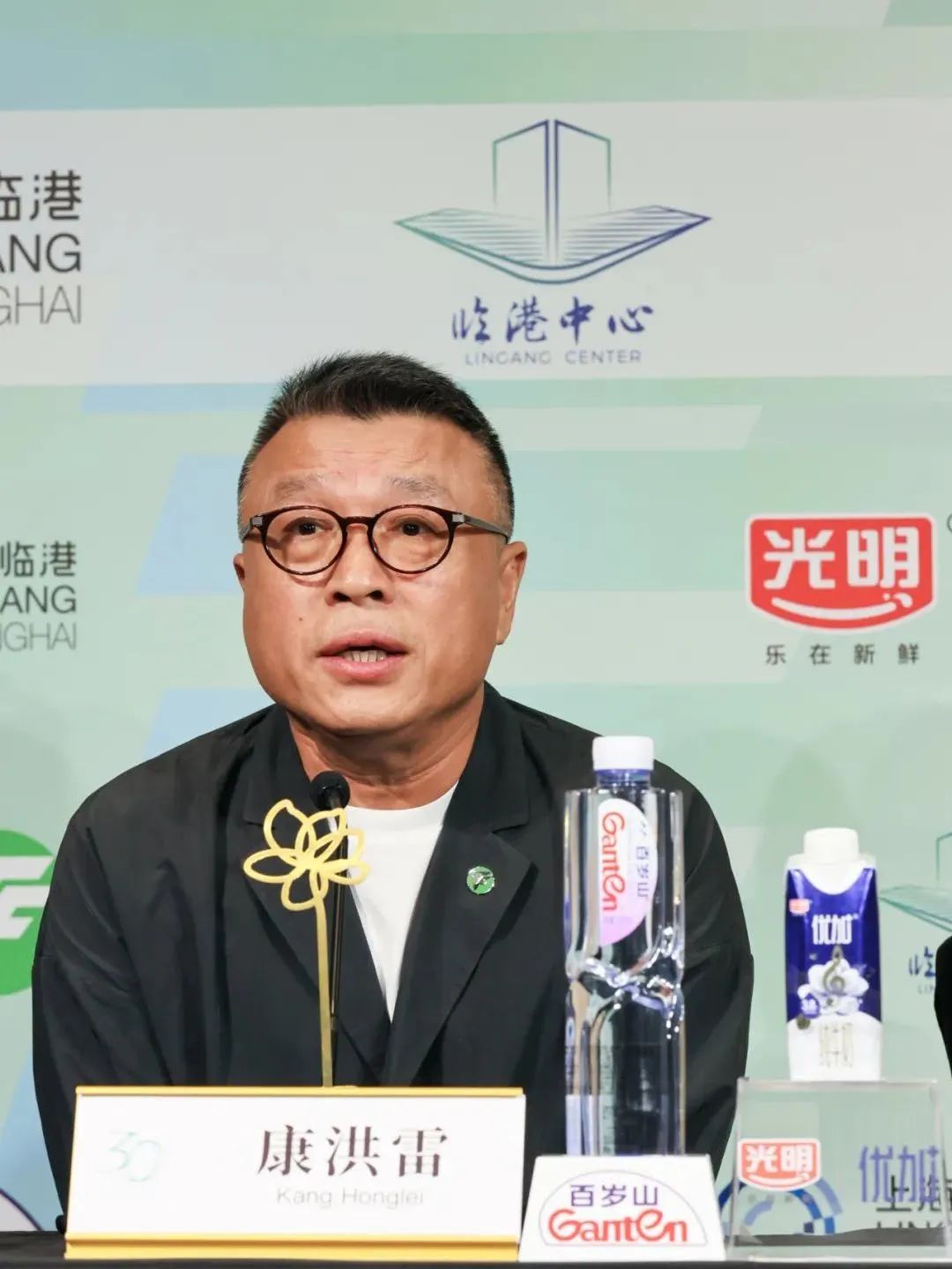
A great drama hinges on a director’s meticulous orchestration, as well as the positive interaction and seamless collaboration between the director and actors. Jokingly calling himself “not very experienced” and still a “young director”, Kang Honglei described the relationship between directors and actors as one of a constant interplay of mutual admiration and conflict. “We can argue fiercely for the sake of a single creative decision,” he said, “but in the end, we’re always united by the pursuit of a shared outcome - one that feels inevitable and deeply satisfying”. On set, they may be “comrades-in-arms”, but there’s also “an undercurrent of conquest - of pushing and being pushed”. “But all of it,” he added, “serves one purpose: to tell a better story, to create a work that makes the audience sit up and say, quietly, ‘Wow.’”

Tong Yao stepped away from her roles as actress and jury member to speak purely as an audience member, reflecting on the remarkable progress Chinese television dramas have made over the years. “The joy and satisfaction I feel are truly beyond words. So many creators are pouring their craftsmanship and dedication into delivering quality work to the audience,” she said. During jury discussions, she emphasized a shared belief among industry professionals: content is always the king. “But I also believe audiences need both fragmented experiences and immersive ones. Great storytelling transcends time.” She cited classics like The Grand Mansion Gate, starring Chen Baoguo, and Soldier Sortie, directed by Kang Honglei. “Even today, rewatching those works, they remain powerful, memorable, and full of meaning. Great Chinese dramas never go out of style.”
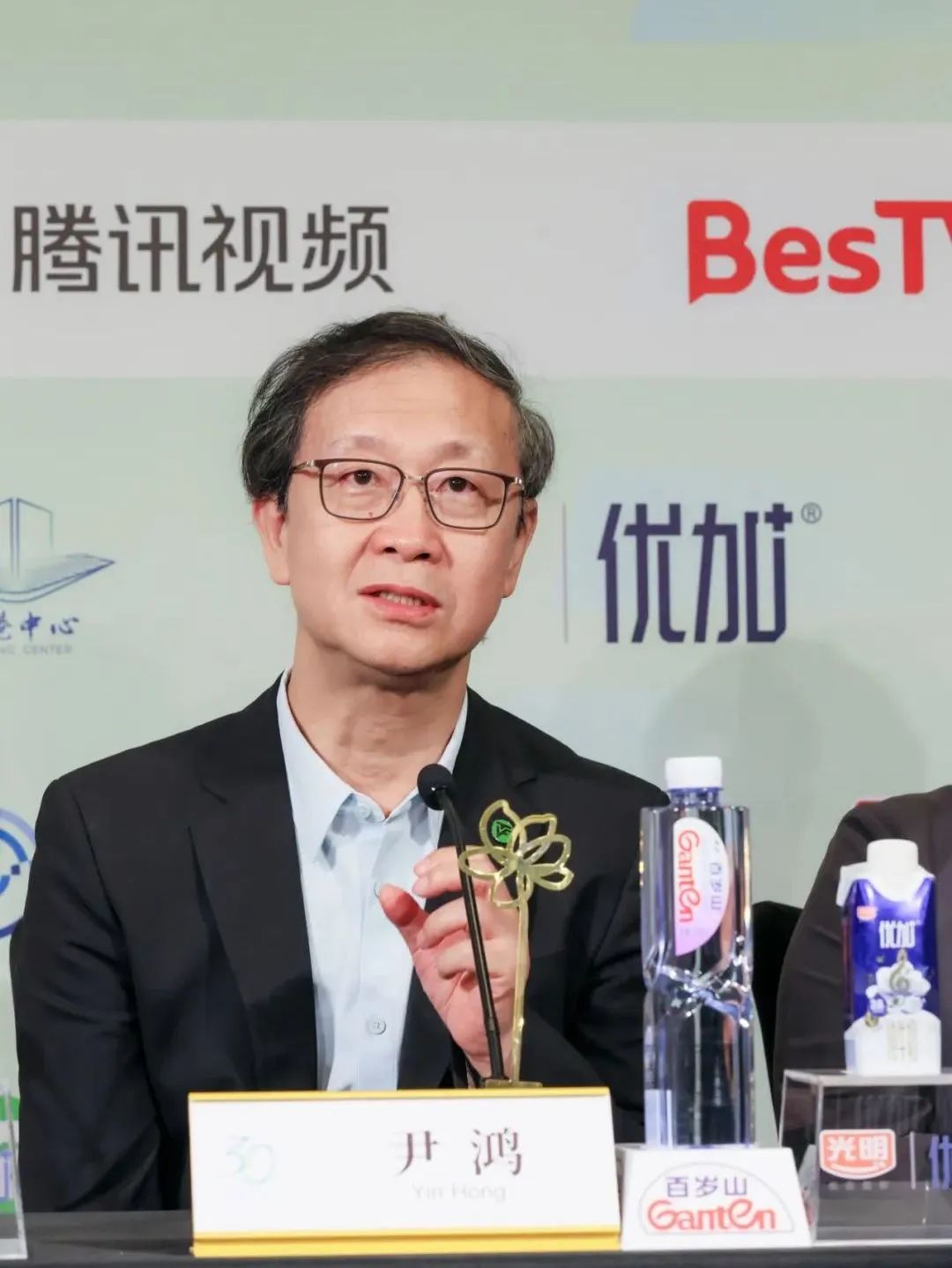
。
Although the jury members come from diverse backgrounds, Yin Hong feels that “actually, there isn’t a huge difference in our standards for what makes a great work,” and “when something is truly good, we all enjoy and appreciate it together.” The hallmarks of these outstanding works are “fresh discoveries about life” and “a very high level of completion in every production stage.” Yet at the heart of “good” lies one thing: “Only a great story can truly move people.” “A compelling story comes to life through a collaborative journey - starting from the screenwriter’s vision, brought to fruition by the actors’ performances, and ultimately shaped by the director’s comprehensive artistic execution.” He also believes that a successful work must balance artistry with commercial appeal: “I think real art must have commercial viability,” he explains, “because film and television - being mass media - need to be embraced by society and audiences. But if it’s purely commercial, then it’s not art. Even if it finds favor with some viewers in a particular moment, it will eventually be swept away by history.” “Not a single classic exists that hasn’t struck the right balance between art and commerce,” he concludes, “That’s why great works are always loved by both connoisseurs and the general public.”

This year’s nominated series excel not only in storytelling but also in distinctive visual presentation. Yu Xiaochen observed that they “all demonstrate remarkable stylistic flair and unique visual identities.” He praised their achievements across multiple dimensions: “Whether in period authenticity and spatiotemporal treatment, in nuanced detail and narrative precision, or in aesthetic composition - these works truly stand out.” He noted that audiovisual language and artistry must “evolve with the times”, adapting as “narrative efficiency improves, public aesthetics shift, and social ideologies transform.” “The entire audiovisual art form must progress accordingly,” he emphasized, expressing his hope that all filmmakers would “dare to innovate.” “Our lifelong pursuit as visual storytellers,” he added, “is to master the art of cinematic narration.”
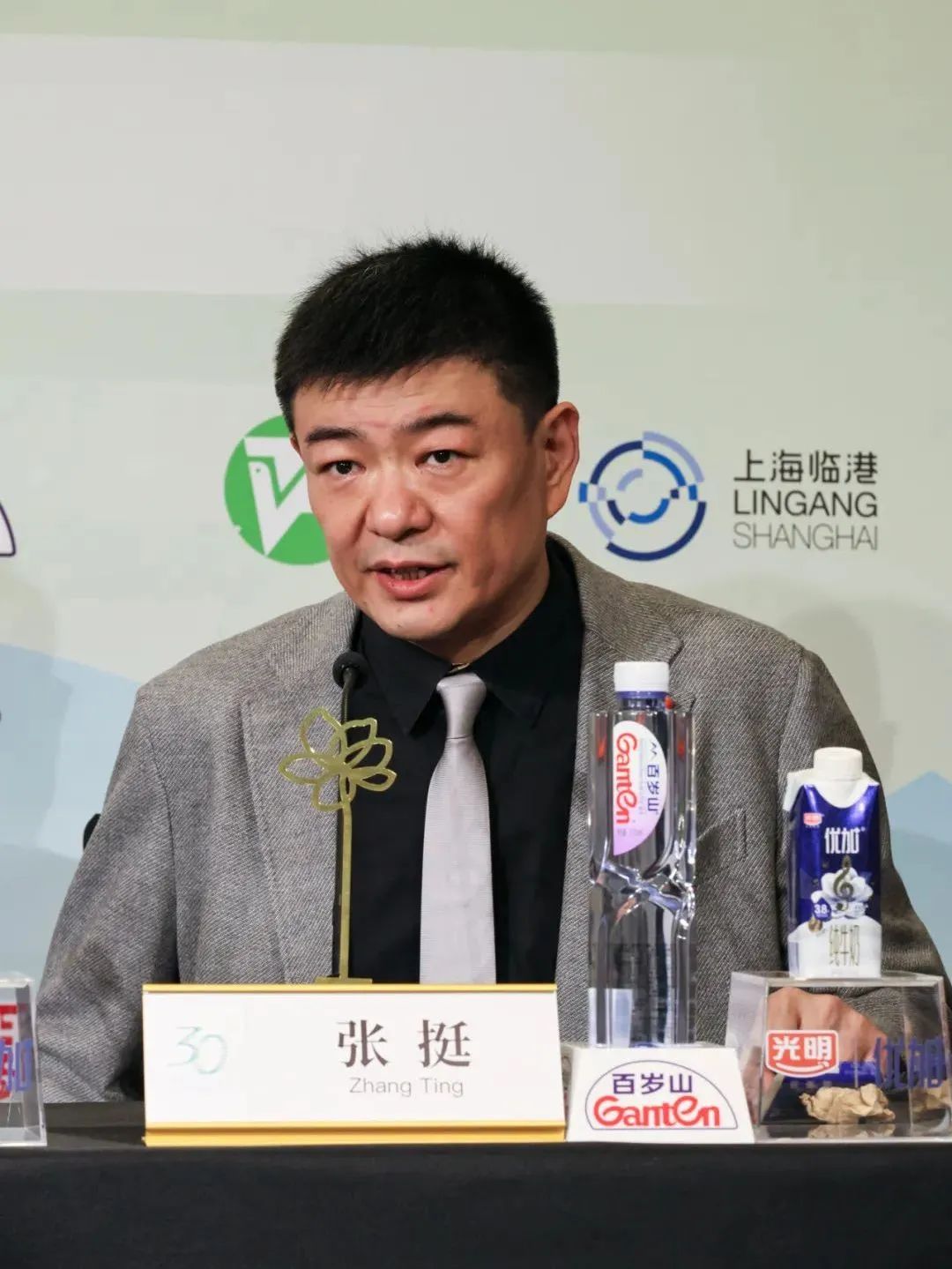
Zhang Ting placed particular emphasis on literary quality in film and television works. “Both screen and stage arts originate from literature,” he noted, adding that “literary expression documents our era – it’s a logical framework for contemporary people to examine their environment.” For writers and directors, he argued, “literature remains the only truly reliable foundation.” Among this year’s Magnolia Awards nominees, he identified rich literary merit: “A series’ reputation correlates directly with its literary and artistic quality, because all creators understand one fundamental truth - our audience has a keen eye for quality.” Expressing faith in viewers’ discernment while acknowledging rating complexities, he reflected: “With China’s vast population comes diverse cultural needs,” naturally resulting in sophisticated audience segmentation. “Online platforms favor IP adaptations and youth-oriented themes, but we shouldn’t let one preference negate others - just as my TV and music tastes differ completely from my parents.”
Foreign TV Drama Section: International Perspective and Innovative Themes Attract Global Audiences
Since its inception, STVF has maintained an international focus, fostering cross-cultural exchange in television and film. Today, Chinese platforms feature an abundance of high-quality foreign series, sparking industry-wide discussions on how to bridge cultural divides and truly make television a medium for global cultural dialogue. The jury panel for this year’s Magnolia Awards’ Foreign TV Drama section is chaired by actor Chen Baoguo, with members including German screenwriter-director Henk Handloegten and Hong Kong actress Myolie Wu.
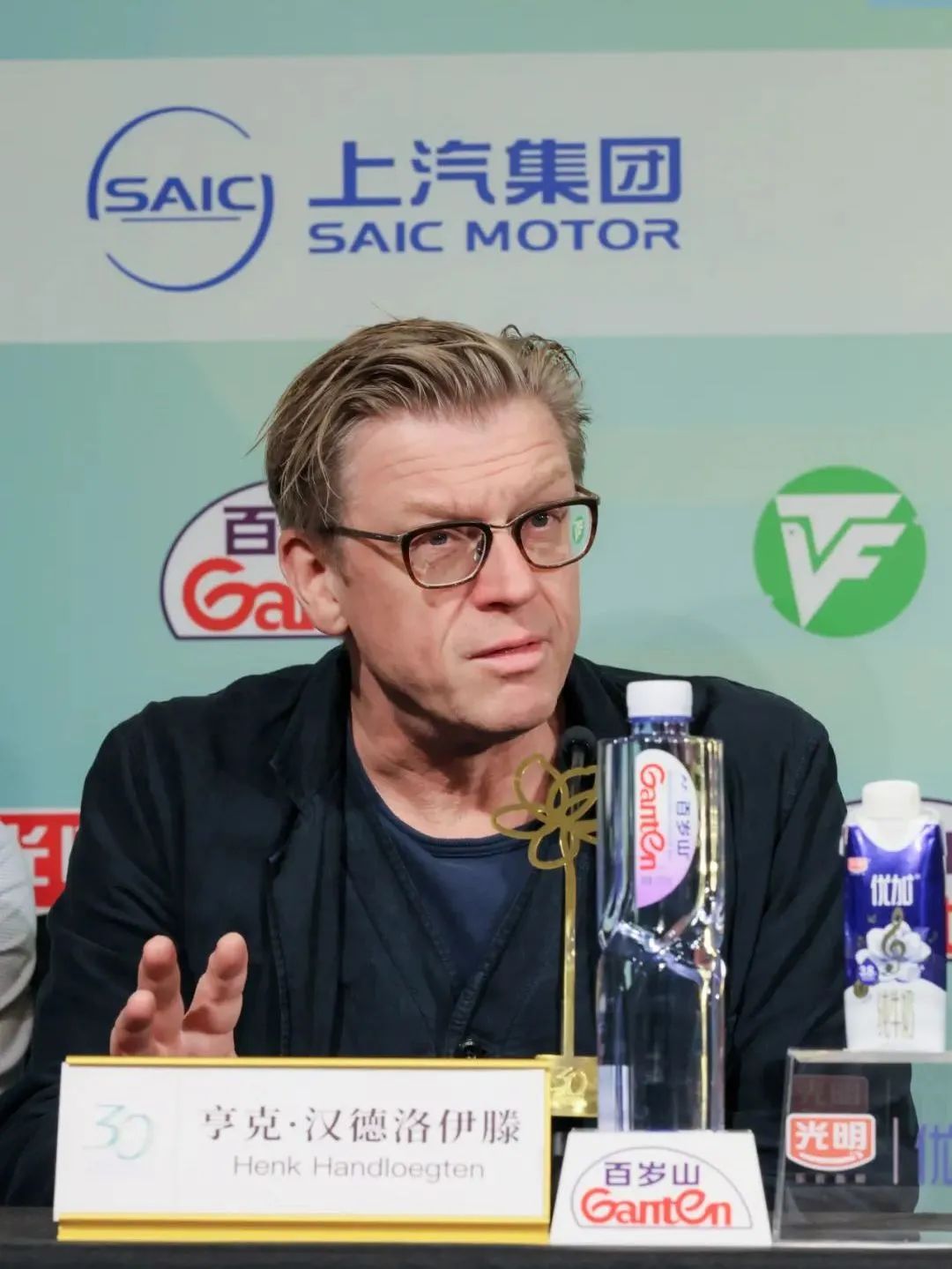
Henk Handloegten believes that for outstanding TV dramas to spark meaningful cross-cultural engagement, they must “embrace an international perspective.” “If you know nothing about a country, you have to start with curiosity - it opens new worlds,” he said. Reflecting on his own experience, he admitted he initially knew little about China: “I picked up a book and studied its history from the 19th century to the present, exploring uncharted territory.” When crafting stories, he emphasized that quality works shine through “meticulous attention to details”, focusing on two key dimensions. First, local authenticity: the regional flavor and local elements must be treated with care, because domestic audiences scrutinize details more acutely than our production team ever could. Second, global relevance: this ties to market appeal. To make your work travel globally, balance local specificity with universal connections.
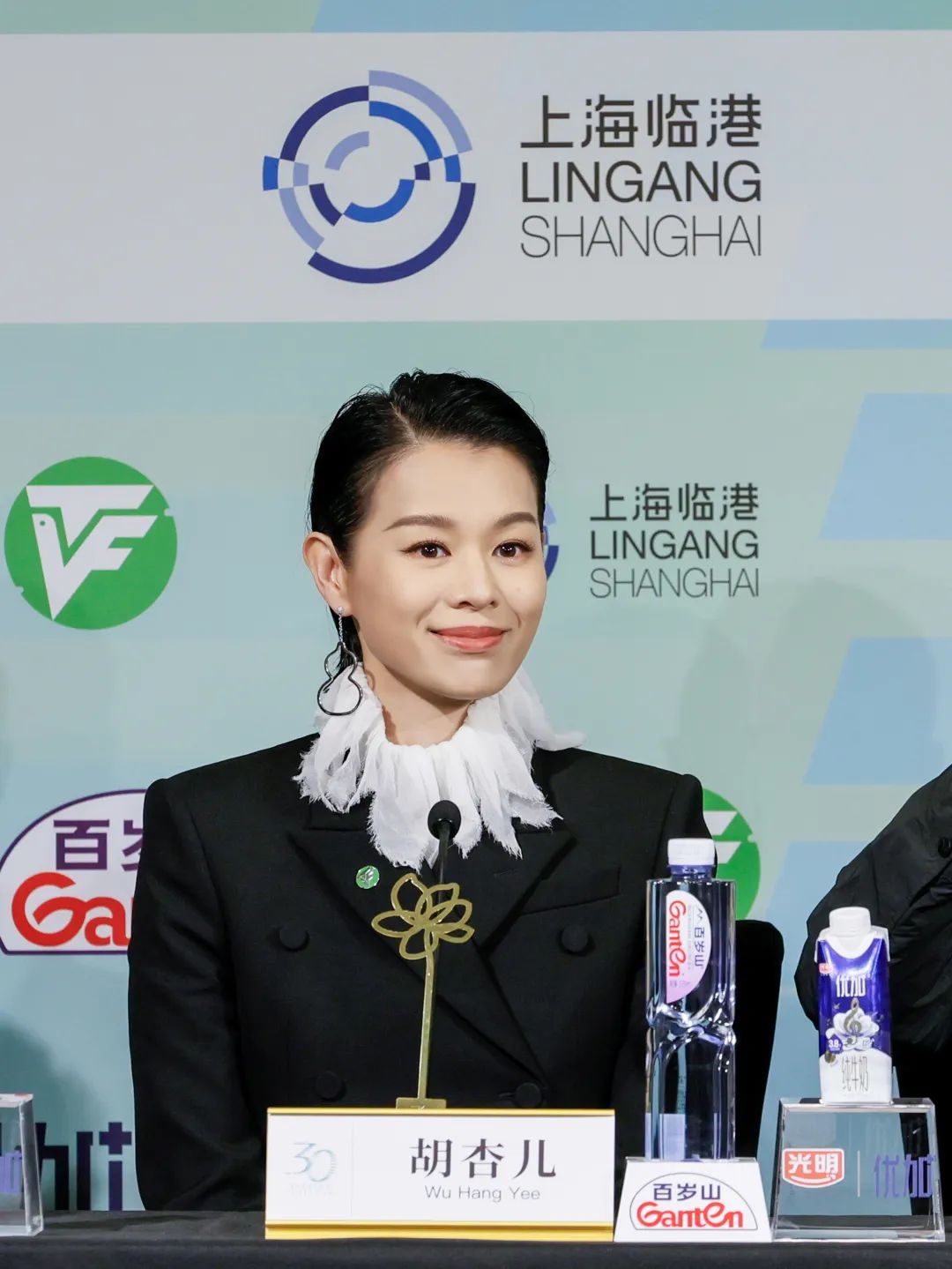
Myolie Wu shared that the judging process for this year’s nominated foreign TV dramas has been completed. “For international directors aiming to succeed in China, their works need to not only meet artistic standards but also explore deeper themes that leave audiences with meaningful takeaways,” she remarked. This criterion aligns closely with viewers’ expectations, she observed, noting the growing number of foreign series entering the Chinese market. “Chinese audiences have become remarkably sophisticated after being exposed to so many quality international productions - they now crave more profound and diverse content.” Wu admitted she herself gained “significant inspiration” from the nominated works. Reflecting on her experience filming TVB dramas in Hong Kong, where “we had to produce a new series every two months”, she acknowledged the challenges that scriptwriters face: “After exhausting so many themes, it’s incredibly tough to keep innovating and discovering fresh perspectives.” Yet only through innovation, she stressed, “can we create works that truly resonate with audiences.”
Documentary Section: Authenticity and Sincerity - Keys to Connecting with Young Viewers
The documentary genre has seen remarkable growth in China. The nominees for the 30th STVF’s Magnolia Awards all present multidimensional portrayals of the world through distinctive visual language, fully demonstrating the artistic and social value of documentary filmmaking. The documentary jury is chaired by Indian director-producer Vikram Channa, with Chinese director Zeng Hairuo and Japanese documentarian Takeuchi Ryo serving as jury members. At the meeting, they expressed enthusiasm about the industry’s progress while unanimously emphasizing documentaries’ globalizing potential.
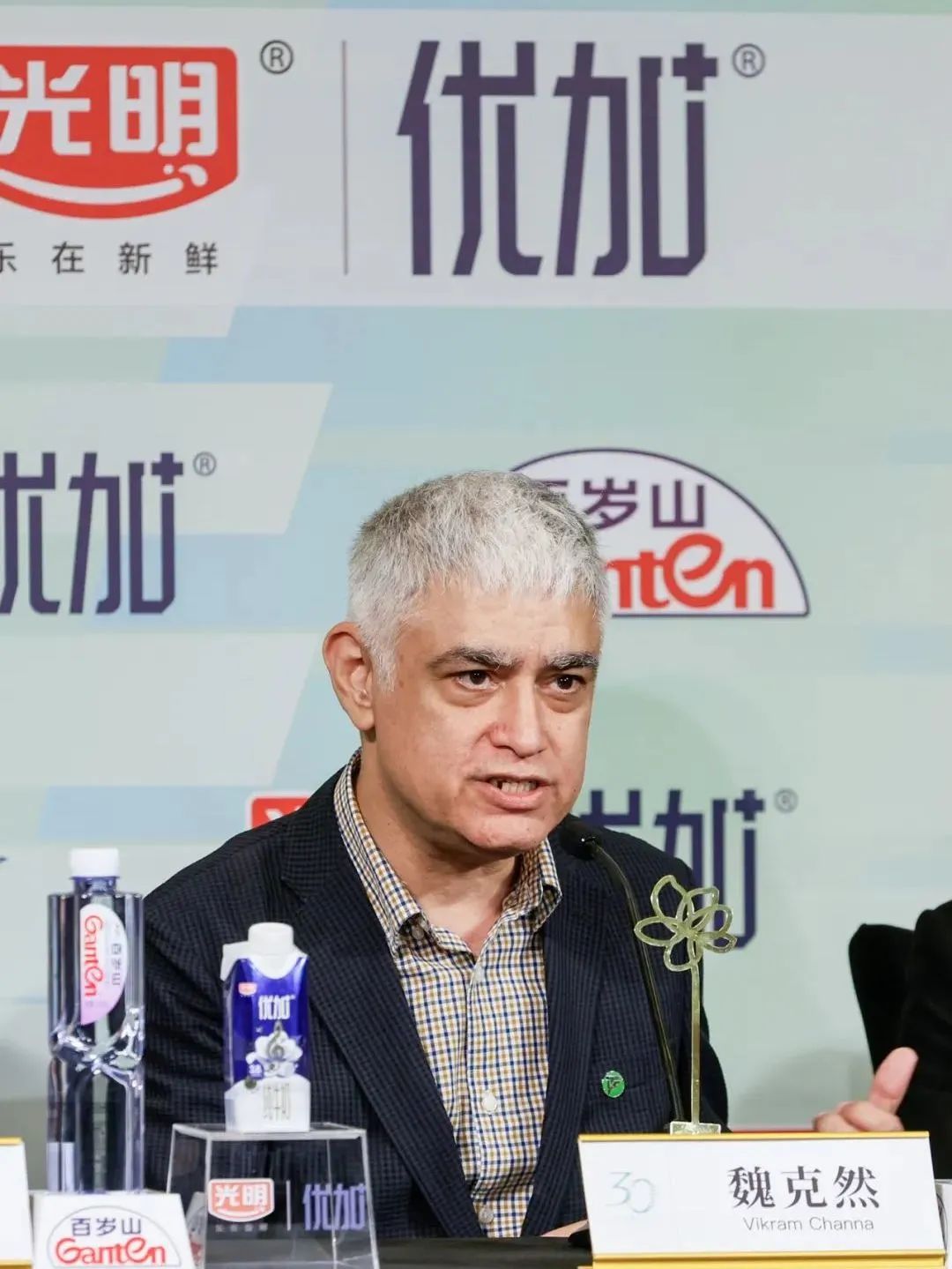
Vikram Channa noted that documentaries actually encompass very specific subgenres: “Television documentaries and cinematic documentaries are fundamentally different.” Yet at their core, all documentaries share the common purpose of chronicling our times. “With the advancement of technology - especially disruptive innovations - both our inner worlds and external environments are undergoing extraordinary transformations,” he observed. Compared with traditional documentaries, the rise of short-form mobile video has pushed conventional documentary filmmaking to explore new platforms and narrative techniques. But ultimately, the goal remains the same: to foster a “dialogue” between documentaries and their audiences. Whether for society at large or the documentary medium itself, what’s needed is “an engaging approach to storytelling.” Vikram Channa shared that his platform is currently empowering young creators to “express their innermost stories through the most authentic, raw, and truthful methods.” “Today’s youth worldwide are grappling with many shared challenges,” he emphasized, underscoring the need for documentaries to actively engage younger viewers and “resonate with their experiences.”

Zeng Hairuo added that Chinese documentaries have become “increasingly compelling” because they “deeply engage with contemporary life - probing both the inner landscapes and living environments of modern people.” “What matters most in documentaries are people,” Zeng reflected. “After decades of development, Chinese society now confronts complex realities - personal struggles, joys, evolving family relationships, and more. Many of the nominated works, I’ve noticed, focus intensely on human conditions, even attempting to address these challenges.” He believes these issues Chinese people are facing “not isolated”, but rather “universal human concerns”. “From this perspective, we should absolutely employ more global, accessible storytelling languages. As long as we authentically portray human stories while honoring genuine emotional needs, these narratives will naturally find wider resonance.”
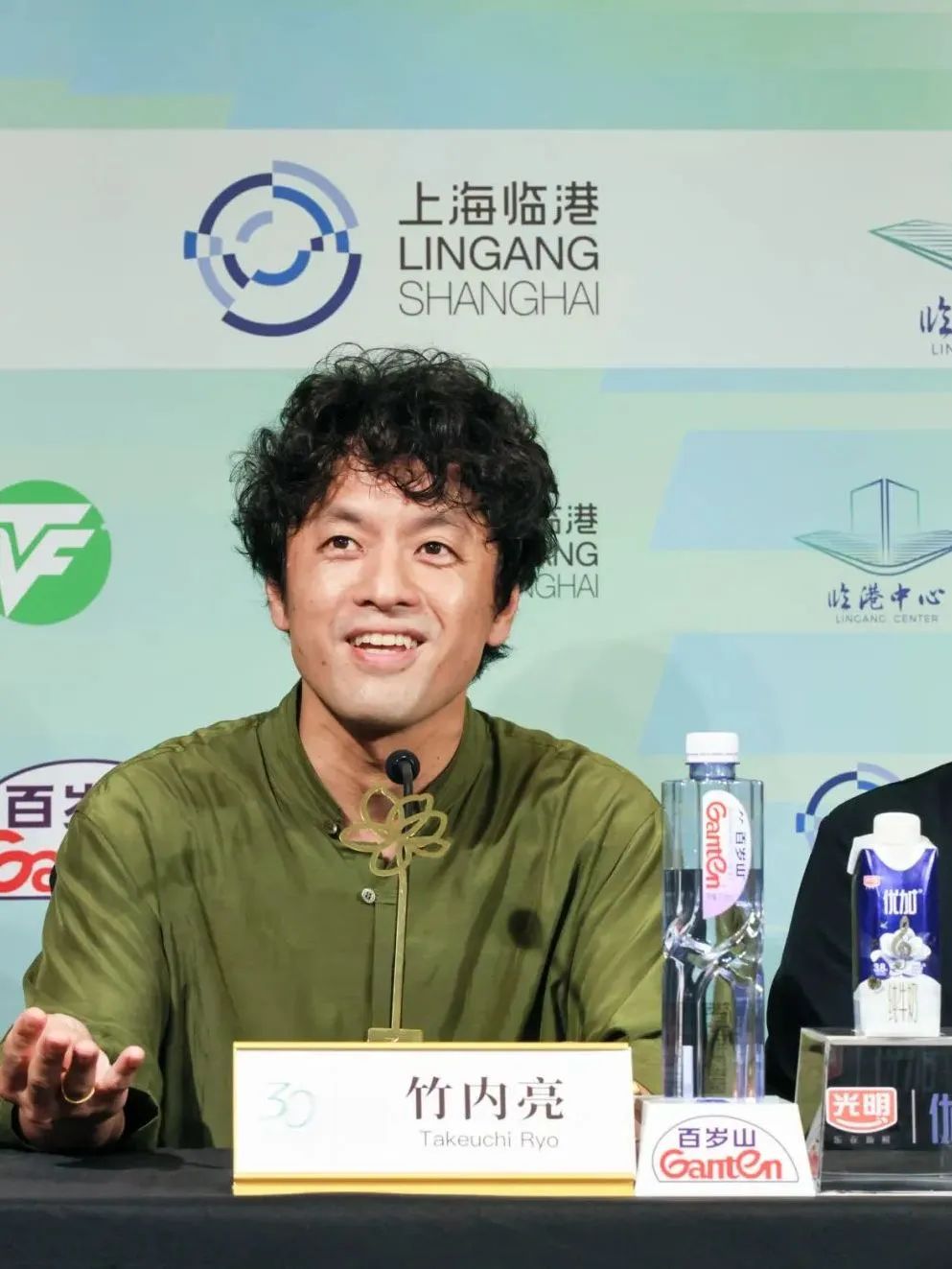
Takeuchi Ryo has been continuously exploring the internationalization of documentaries. He shared that he has been actively seeking and experimenting with documentary storytelling approaches that can be understood and appreciated by audiences across different regions. “For example, the types of shots that appeal to Japanese viewers differ from those preferred by Western audiences,” he explained. From his observations, European and American documentaries tend to favor highly aesthetic cinematography - shots that are “visually beautiful”. In contrast, Japanese audiences are less concerned with polished visuals and instead gravitate toward “the raw feeling of authentic footage” that captures reality as it is, without staged setups. “That’s why I’ve been striving to find a balance,” he said, emphasizing the importance of understanding the preferences of viewers in different countries. While he admitted he is “still searching for the perfect answer”, he has reached one definitive conclusion: “Authenticity remains key. The documentaries that resonate most deeply with audiences are those rooted in truth—nothing else matters more.” As for how to best convey authenticity, he added, “That depends on each director’s unique approach.”
Animation Category: Bridging Cultural Barriers to Make Animation a Universal Language
This year’s animation jury is chaired by American animation producer and writer Rita Street, with French director and storyboard artist Alexis Ducord and Chinese director and scholar Li Jianping as jury members.

Rita Street praised the 30-year legacy of STVF, calling it “an exceptional platform for global animation exchange”. She expressed awe at the remarkable achievements of China’s animation market, particularly in mythological storytelling, where she noted “the artistry has reached extraordinary heights”. Street observed that animations rooted in Chinese myths are gaining international traction, but to truly “resonate across borders”, creators must immerse themselves in different markets. “You need to understand local contexts to make works that are touching,” she emphasized, adding that success comes from “authentically voicing the stories and emotions people cherish.” Regarding judging criteria, she acknowledged stark differences among the multinational jury in technical preferences, narrative styles, and target demographics - “like comparing apples and oranges.” Yet these disparities melted away when evaluating works, as their “shared passion for art became the common language,” ultimately leading to “unanimous decisions.”
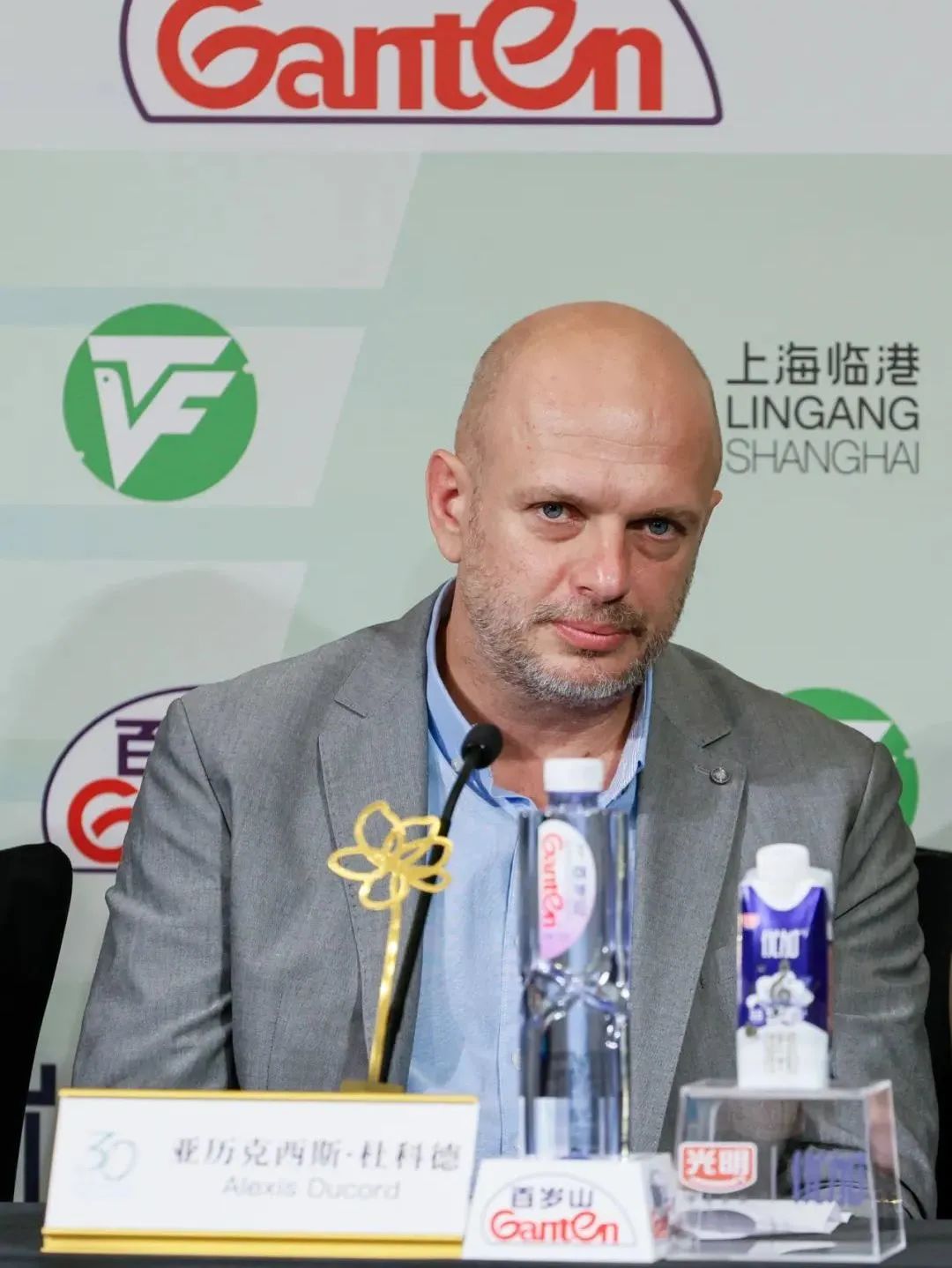
Alexis Ducord described animation as “a renewed expression of our culture”, where creators “reinterpret heritage through fresh lenses for new generations”. Illustrating with storyboard development, he revealed the arduous creative process: “Feature-length animations evolve through iterative storyboarding, with concepts frequently dismantled and rebuilt.” “This demands absolute passion,” Ducord stressed. “When scripts get rewritten repeatedly, only genuine fervor sustains you through cyclical reinvention.” He highlighted animation’s collaborative nature, where every team member’s dedication converges to “address contemporary issues through remarkably inclusive perspectives” - making the challenges profoundly rewarding.

At this stage of development, Chinese animation needs to go global. It requires “empowering our works through technology” and “innovating narrative approaches” - using international storytelling language where Chinese elements are not merely piled up, but “fully integrated with universally relatable stories”. Furthermore, for animation to achieve international success, simply having strong works isn’t enough. We must “advance cross-media development, including collaborations with gaming and related industries to jointly promote content globally.” “Our aspiration is for China to become a global hub of creativity.”



